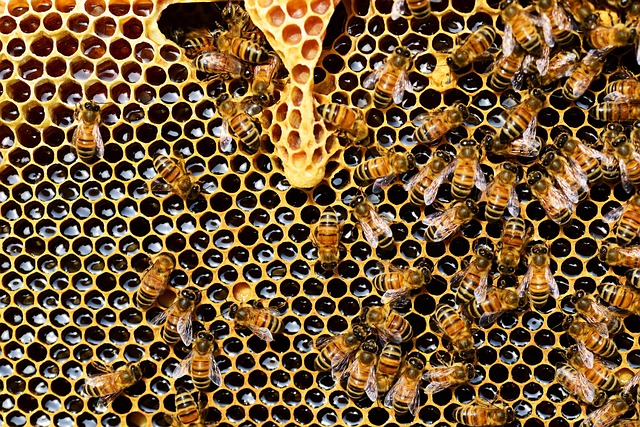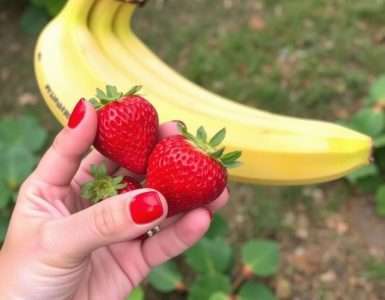First off, it all starts when worker bees venture out of the hive to collect nectar from blooming flowers. Imagine them as tiny harvesters, flying from flower to flower, sipping up that sugary liquid. They have a special stomach, called a honey stomach, where the nectar is stored until they return to the hive. It’s like they’re carrying little bags of floral goodness!
Once they’re back home, they pass that nectar to their fellow hive-mates through a unique lip-to-lip process. Think of it as sharing a juicy secret – but instead of words, it’s all about the nectar! Now, this is where the real magic happens. The bees then chew on the nectar, breaking down its sugars and adding enzymes. This is where the transformation begins. The nectar starts to thicken and ferment, kind of like how apples turn into applesauce; the process is crucial for producing honey’s rich flavor.
Afterward, the bees spread this sticky mixture over honeycomb cells, and here’s where patience pays off. By fanning their wings, they create airflow to help evaporate the excess moisture. Just like how a cool breeze dries your clothes on a sunny day! Once the moisture is just right, the honey is sealed with a wax cap, waiting to be enjoyed. So, the next time you drizzle honey on your toast or stir it into tea, take a moment to appreciate the hard work of those little bees and their sweet, sweet creation.
The Honey-Making Process
First off, bees set out on daily missions to collect nectar from blossoms. Think of it like a treasure hunt. With their specialized tongues, they sip up this sugary liquid, packing it away in their honey stomachs. Once that tummy is full, they zoom back to the hive, excited to share their findings.
When they arrive, the magic really begins. The bees pass the nectar to their hive mates through a process called trophallaxis. This is where the nectar gets a little makeover. As the bees chew and mix it with enzymes, they reduce the water content, which helps to prevent fermentation. It’s like transforming a smoothie into a thicker, more concentrated juice!
Once the nectar has been prepped, it’s time to store it. The bees carefully deposit the transformed nectar into hexagon-shaped wax cells, which is a pretty remarkable engineering feat. Imagine trying to pack a suitcase perfectly—those little bees nail it! But we’re not done yet. To finish the job, the bees fan their wings over the cells, creating airflow that helps evaporate any remaining moisture. This drying process is crucial because it ensures the honey stays perfectly sweet and doesn’t spoil.
Finally, when the cells are filled and sealed with a wax cap, you’ve got lovely little jars of honey waiting to be enjoyed. It’s a beautiful cycle of collaboration, hard work, and nature’s genius. Next time you drizzle honey on your toast, remember the tiny bees behind that delicious sweetness. Isn’t nature just extraordinary?
Why Honey Is Important for Bees

First off, honey serves as the primary food source for bees, particularly during the colder months when flowers are scarce. Think of it as their winter stash. When flowers wither and pollen disappears, bees turn to their carefully crafted honey stores to sustain the entire colony. This golden nectar is packed with carbohydrates, which give these tiny powerhouses the energy they need to stay buzzing.
But the importance of honey doesn’t stop at being a snack. It’s also crucial for the colony’s growth and survival. Young bees, known as brood, require honey to develop and thrive. Without it, a hive can struggle to maintain its population. It’s kind of like how we need a balanced diet to grow strong and healthy; honey acts as the protein shake for baby bees!
Now, let’s not forget about the community aspect of bee life. Bees work collectively to produce honey, fostering teamwork and collaboration. This sweet endeavor creates a bond among hive members, ensuring they all rally together through tough times. Just picture a group of friends banding together to conquer a mountain – that’s what bees do every time they work on their honey.
























Add comment